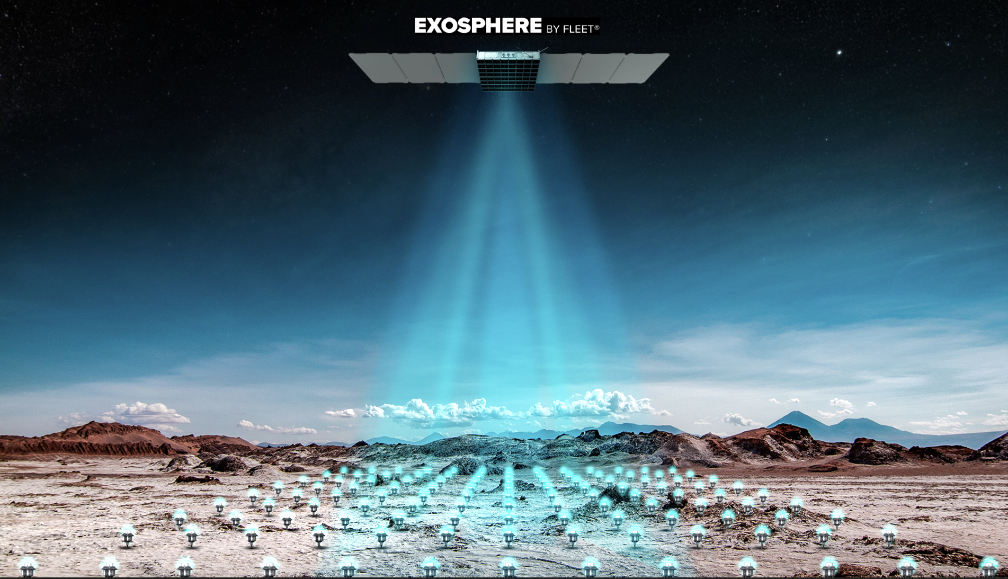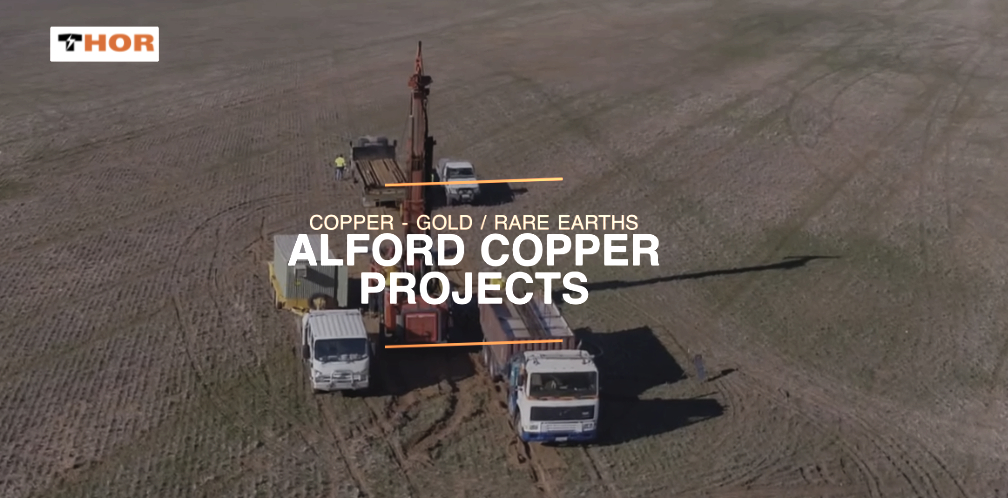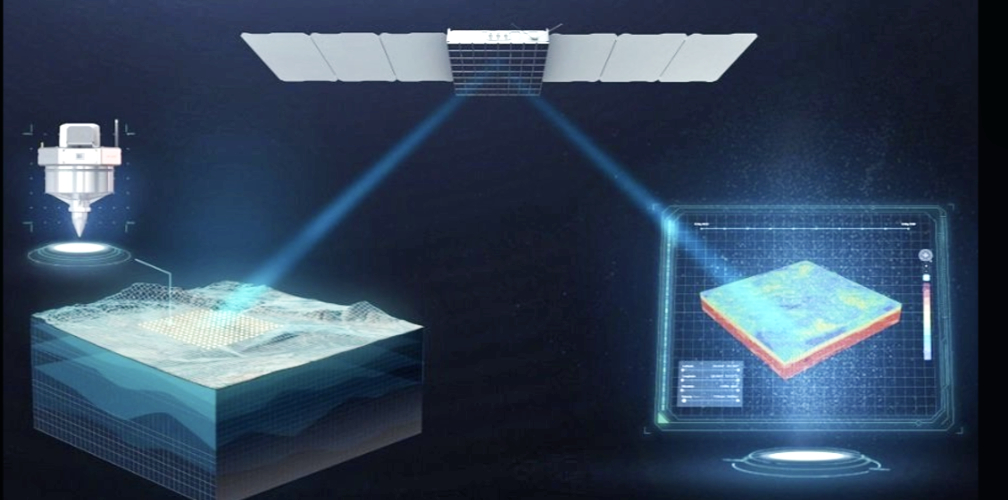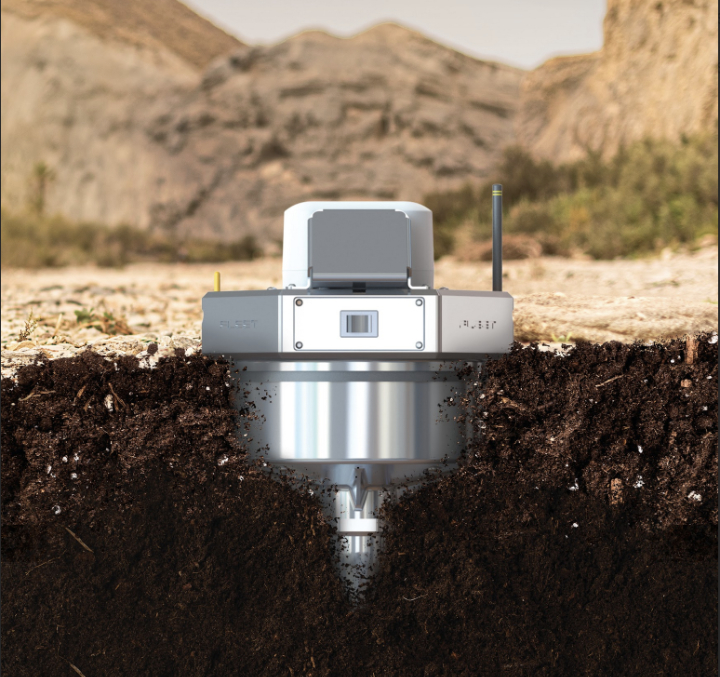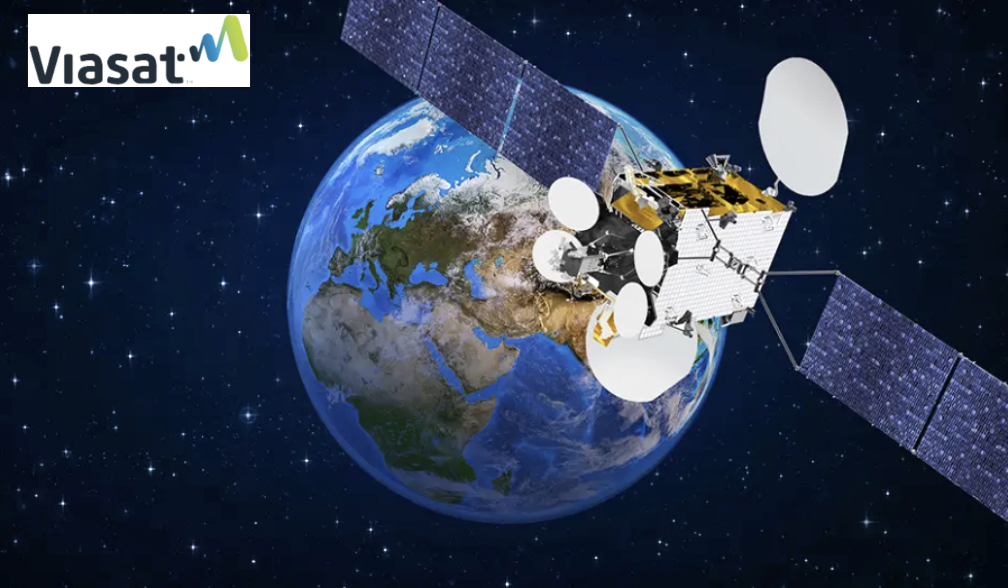
Viasat, Inc. (NASDAQ: VSAT) has announced that Inmarsat Government, now part of Viasat, was awarded a Proliferated Low Earth Orbit (PLEO) Satellite-Based Services (SBS) contract by the U.S. Defense Information Systems Agency (DISA) on behalf of the U.S. Space Force’s (USSF) Space Systems Command (SSC) — Inmarsat Government is one of 16 companies selected for the $900 million ceiling, 10 year, Indefinite Delivery, Indefinite Quantity (IDIQ) contract.
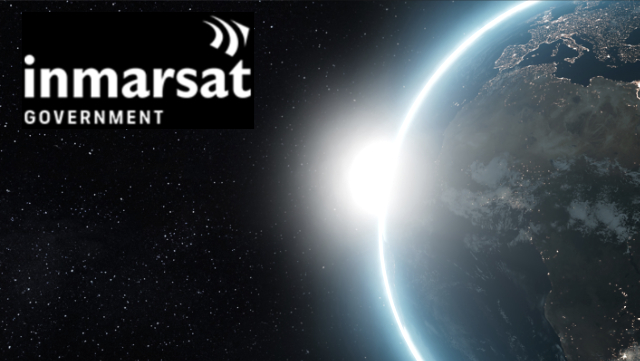
As the United States and its mission partners become increasingly reliant on space-based capabilities for national security, it is critical to have resilient constellations that include satellites in GEO and NGSO. Proliferated LEO (pLEO) constellations are part of a Department of Defense (DoD) strategy to provide additional resilience for satellite communications (SATCOM), remote sensing and other capabilities by diversifying orbits.
Under this contract, Viasat plans to leverage smallsat technology, reduced costs and increased launch service competition, facilitating the ability for pLEO constellations to provide persistent, global coverage with reduced transmission latency. The company will provide a suite of fully-managed pLEO satellite-based services and capabilities, to include space relay services, supplemented by GEO and NGSO satellites, supporting all domains – space, air, land, maritime and cyber.
Viasat will aim to achieve this with a reliable, resilient low latency global pLEO offering that flexibly supports the needs of combatant commands, defense agencies, other federal government organizations and international coalition partners. It will provide a comprehensive managed end-to-end SATCOM solution via a multi-band, multi-orbit constellation of satellites. Furthermore, its new, hyper-intelligent software-defined wide area network (SD-WAN) is designed to orchestrate and provide priority routing across mixed networks, enabling an automated primary, alternate, contingency and emergency (PACE) solution to deliver the flexibility and responsiveness required to meet customers’ needs today and in the future.
“Viasat has a proud history of providing integrated SATCOM solutions and service offerings across multiple bands and orbits to support government customers’ unique needs. Our team is committed to developing innovative, mission-focused solutions through our existing partnerships with satellite operators and extending opportunities with new partners. We eagerly look forward to using both our technologies and deep problem solving expertise to deliver resilient, robust and secure SATCOM capabilities to service members around the world.” — Susan Miller, President, Viasat Government

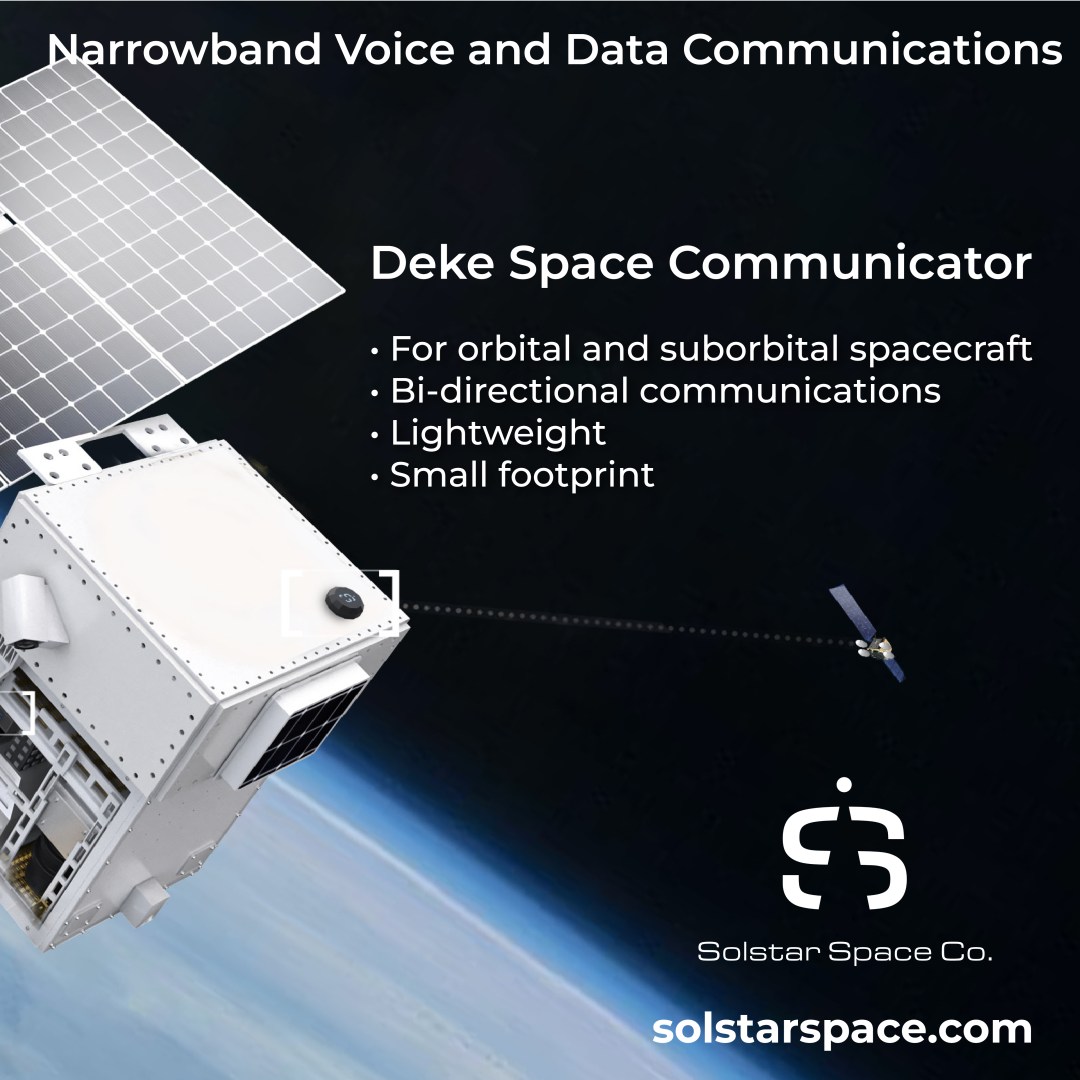
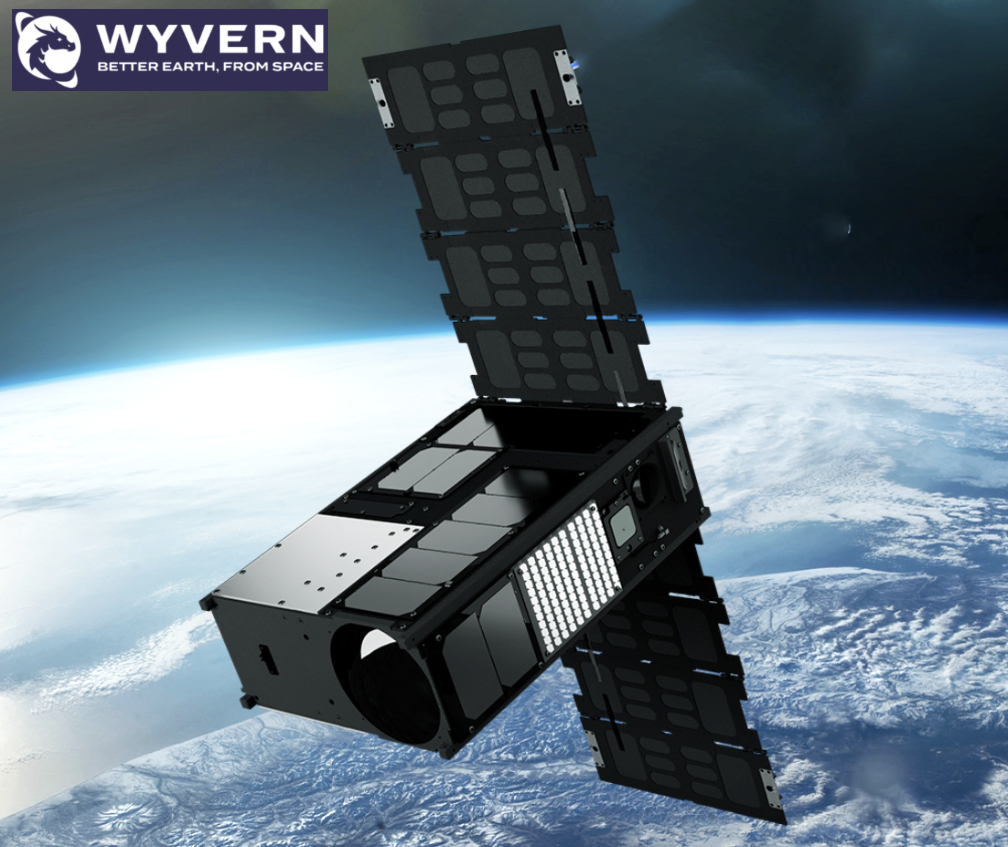
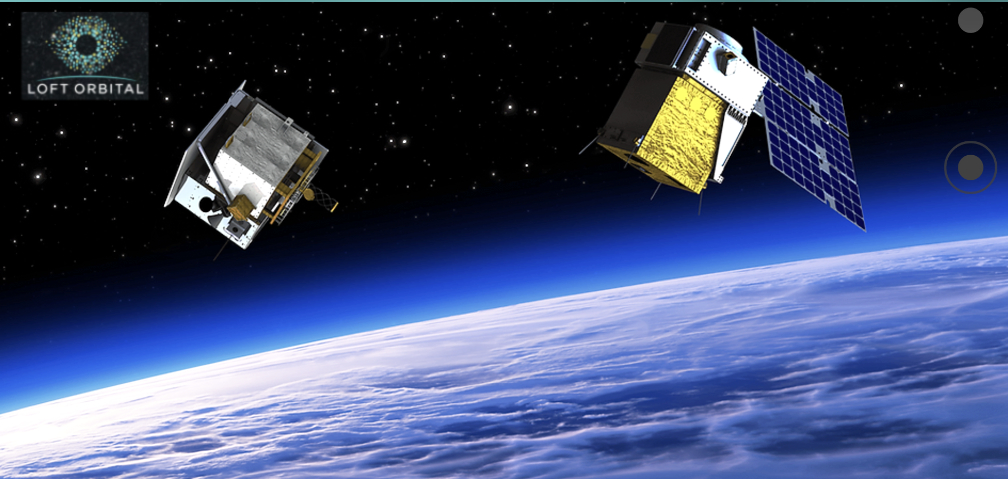
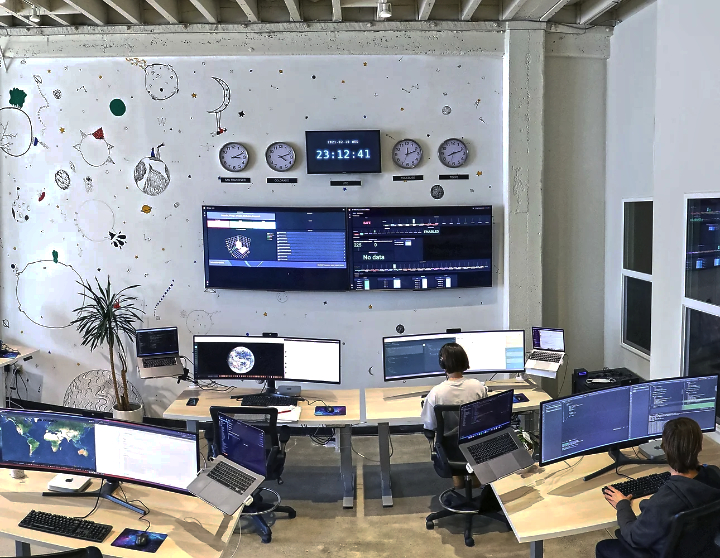

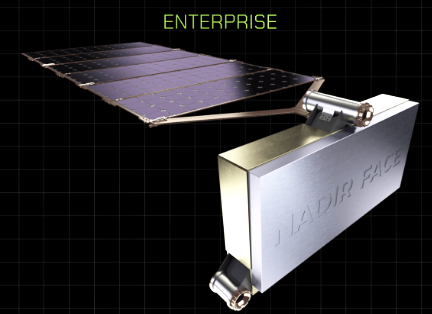
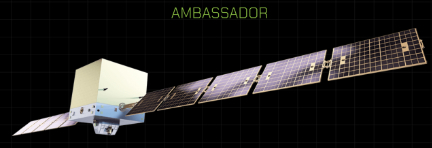
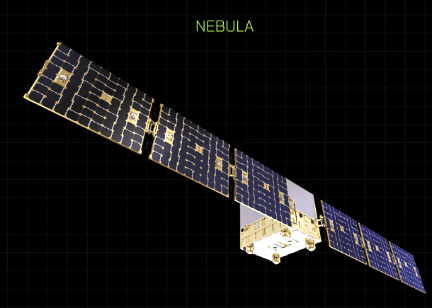
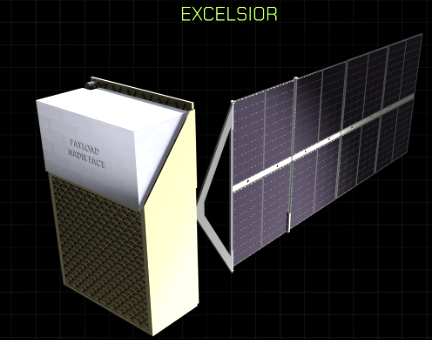
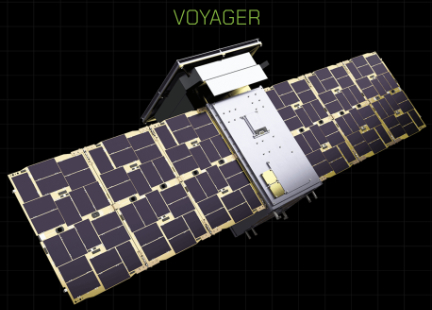

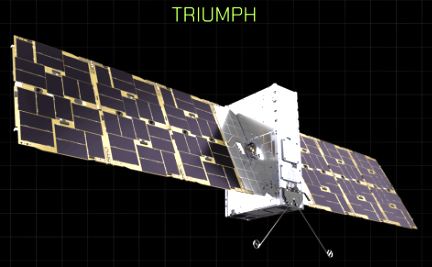
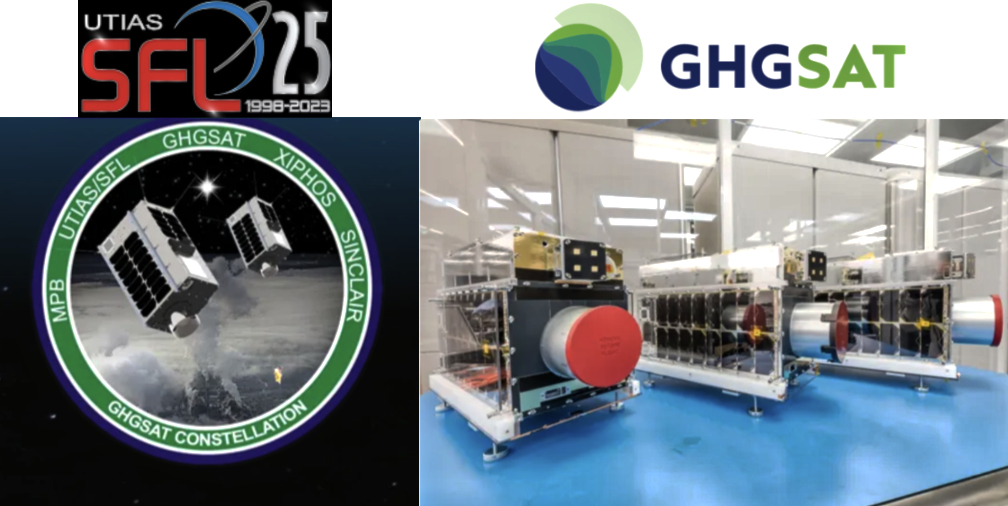
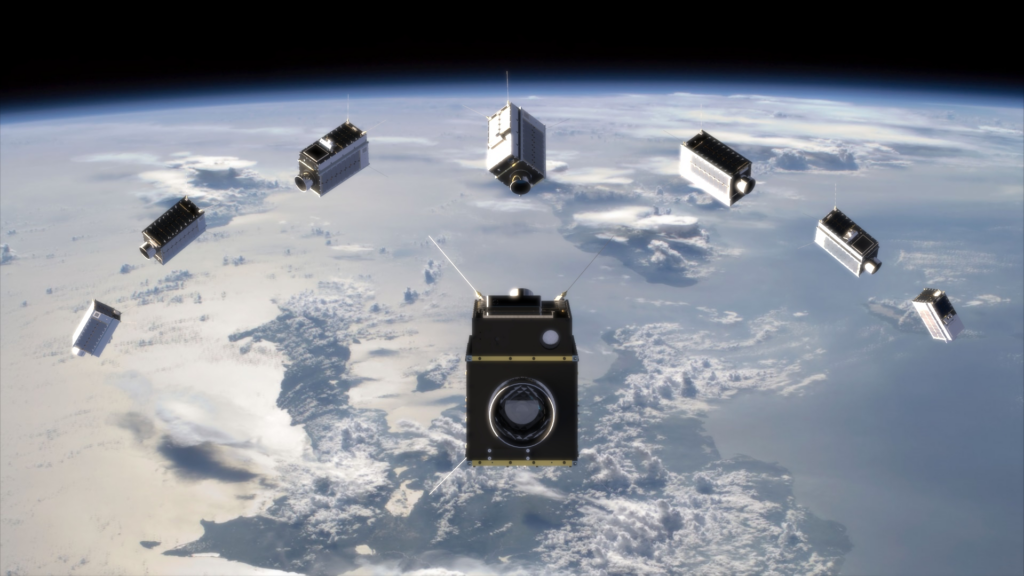
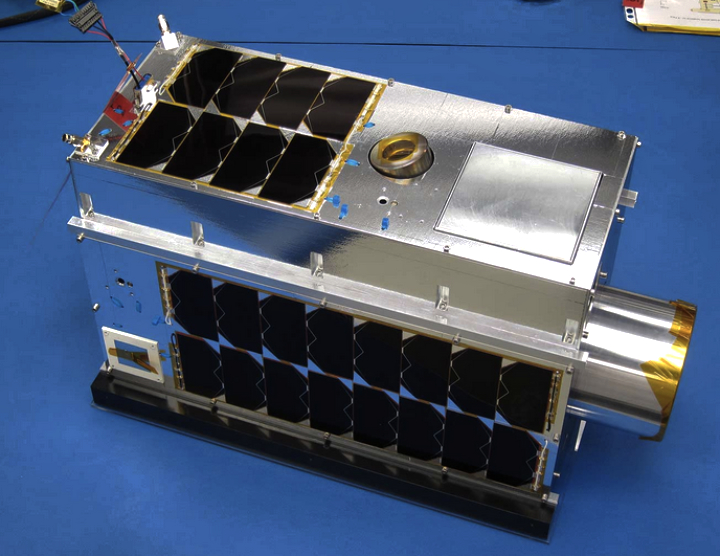
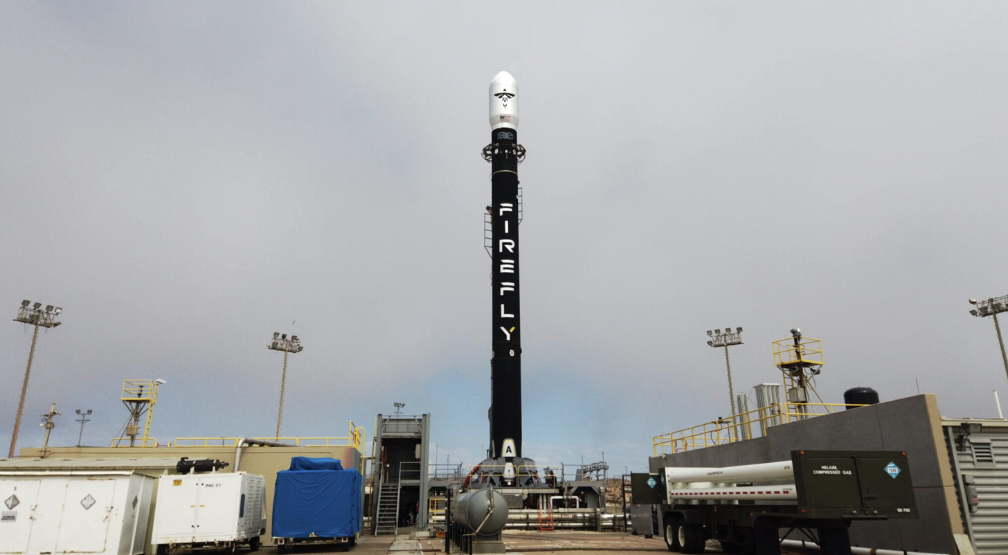
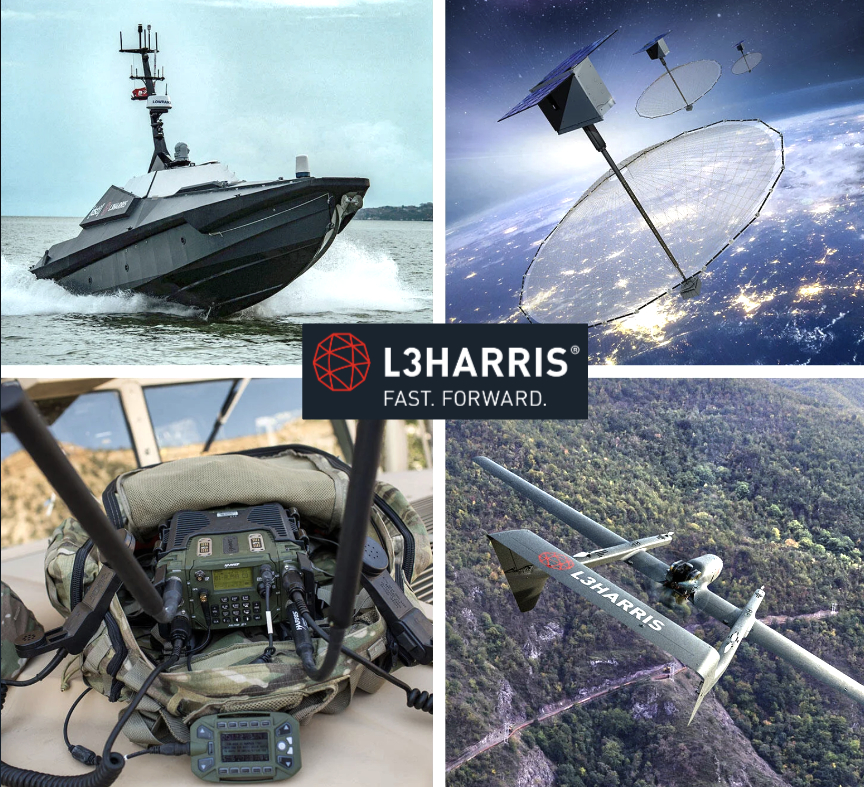

 signals.
signals.



